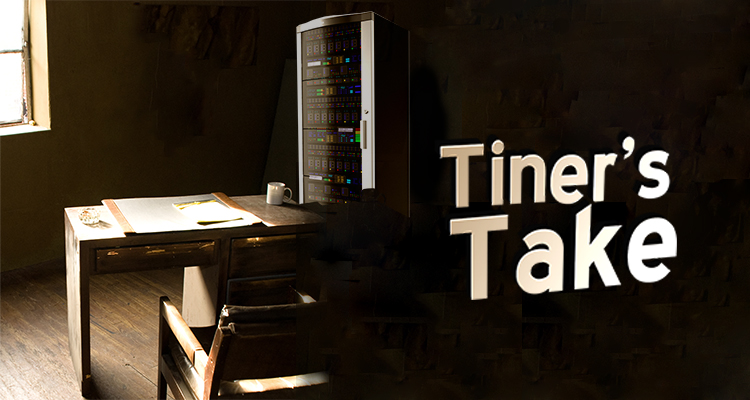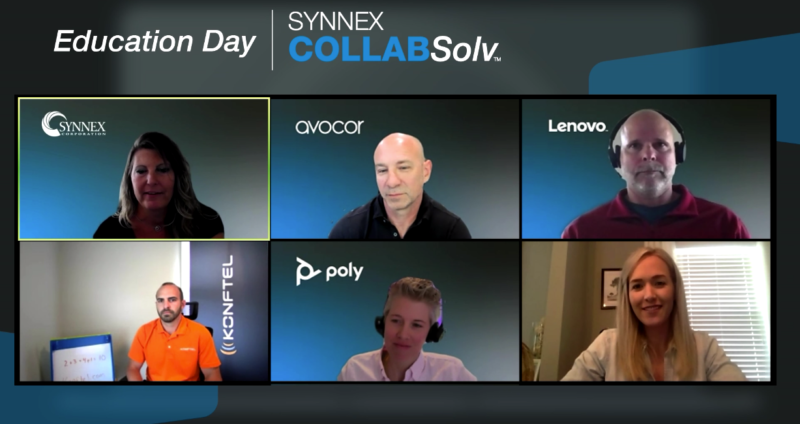Ticketing Solutions for AV
 If you serve the education market, you are well aware that the crazy season is upon us. Students are back on campus and the faculty are joining them and getting ready to begin a semester of new classes. On our campus this is always an exciting and nerve wracking time. Everyone is a little disappointed that summer is over, but the excitement of a new year and new challenges can not be denied.
If you serve the education market, you are well aware that the crazy season is upon us. Students are back on campus and the faculty are joining them and getting ready to begin a semester of new classes. On our campus this is always an exciting and nerve wracking time. Everyone is a little disappointed that summer is over, but the excitement of a new year and new challenges can not be denied.
This year I have taken on some new roles and responsibilities which gives me even more insight into some of the hectic nature of getting ready for classes. This year I am also supervising our IT Service Desk and the purchasing areas of our IT department. What I have learned could be very valuable for those integrators who are looking to move towards services as products, instead of hardware as products. If you want to know more about moving your firm in this direction, read my column from last month where I discussed this transition.
In managing the Service Desk, I have become more appreciative of the need for organization and standard operating procedures. Why? Because the volume is simply higher, as I think it would be in any organization. We all have more IT needs and problems than we do AV needs and problems. In IT, like AV, many of these problems need to be researched and studied in order to be resolved. With over 75 tickets coming into our Service Desk each day, we need to keep careful track of each call and make sure we get back to our customers with a solution.
Why does this matter to AV? More importantly, why does it matter to the those reading this column? It matters because in the AV world we have no really good systems of managing calls (tickets) and allowing our customers to follow up with us and see how we are progressing with the solution. This is true whether we are talking about a request or an incident. So, in a typical environment a tech would take a call, write it on a piece of paper (in a sophisticated environment it may actually be a spreadsheet) and take care of it themselves or give it to another technician. But, what if that problem can not be fixed immediately? How does the client know? What if the tech who took the call tried a few things and narrowed it down to a specific problem, but is out sick the next day when the client calls for an update? How do you know what that technician did? Most of the time you don’t. Either you tell the client they have to wait until the person returns, or you start the troubleshooting all over again. Neither of these actions produce value. In fact, they both waste the valuable time of you and your customer.
What does all this mean? It means that AV is in need of a good ticketing system. Some systems out there claim to do some of this. Crestron’s Fusion software for example, allows you to enter what a solution is for a trouble call. Yet, that trouble call had to come in via the Fusion software. There is no way to manually enter a ticket (say if a person calls you on the phone).
There are many (many!) ticketing systems in the market for IT Service Desks. Some AV groups in higher ed may choose to piggyback on this system. However, in many cases these systems are much more complex than is needed for AV. They involve far too many departments and escalation techniques for the average AV shop. So, most colleagues I know of continue to do this on some type of homegrown system, all too often analog systems.
So, here is your chance to build a PRODUCT that is also a service. If an integrator could build a ticketing system that was specific for AV needs, I believe they would have a large market. Some things this system would need to do:
- Monitor lamp life and enter tickets automatically for them to be replaced
- Allow help calls to be entered manually
- Allow for technicians to be assigned a specific call
- Tie the client to the call — so that the client and the technician can follow up on the call
- Develop an FAQ that will allow customers to try and resolve their own issues
- Allow clients to submit tickets directly. These tickets would be for both problems and for project requests
- With both of these people would be able to track the status of their request
- Hold an inventory of equipment
- Run reports on help calls per building/per room/per specific user
These are the needs that stick out to me every day as a technology manager. We have built a system that almost does all of these things. But that system is a combination of several different systems and requires a decent amount of labor to put the reports together. If an integrator was able to develop a system that integrated all of these things, perhaps even host it then I would be very interested, as it would take a lot off of my plate. Yet, the system needs to be affordable. I work at a small college. Please don’t try to sell me a system that is going to cost $25,000 per year. I can HIRE a person to do it for that amount of money.
However, don’t fret, the SERVICE you provide could entice me to pay more. So, for example, if you automatically replaced lamps for me, that would be great. I would even be willing to think about a set contract amount for that service. If you were able to determine that certain rooms had recurring problems, and suggest some fixes for me, that may entice me to pay more money for the product. Why? Because then you are providing me with both a SERVICE and a PRODUCT. That’s the best of both worlds!




